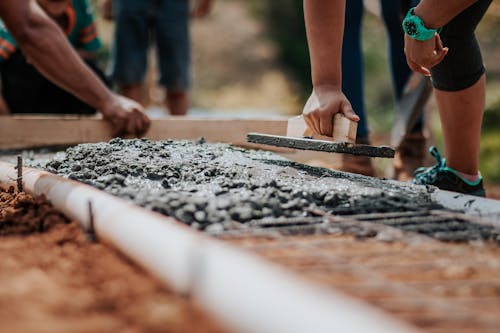Researchers have developed a material like concrete that combines extraterrestrial dust and astronauts' sweat, blood, and tears. It is very expensive to transport even a single brick to Mars. An estimated US$2 million is required.In the future, Martian colonists will not be able to bring their building materials with them, but they will be able to obtain resources on-site for construction and shelter. A protein found in blood plasma plays a crucial role as a binder for simulated dust from the moon, Mars, or both, and can produce emulsions similar to concrete, according to a study conducted at the University of Manchester.
According to the article published in Materials Today Bio, the resulting AstroCrete material had compressive strengths of 25 MPa (Megapascals), similar to the 20-32 MPa seen in ordinary concrete.
By incorporating urea, which is a biologically excreted waste product, the best performing material was capable of increasing its compressive strength by nearly 300 percent, with the best performing material having a compressive strength of over 40 MPa, substantially stronger than ordinary concrete.
Aled Roberts, from the varsity, who was involved in the project, said the new technology offers many advantages compared to some of the other proposed methods for building on the moon and Mars.
“Scientists have been trying to develop viable technologies to produce concrete-like materials on the surface of Mars, but we never stopped to think that the answer might be inside us all along," he said.
The team calculated that over 500 kg of high-strength AstroCrete could be produced throughout a two-year mission on the surface of Mars by a crew of six astronauts.
The astronauts could produce enough AstroCrete to double the space for more crew members with each successive mission if it was used as a mortar for sandbags or heat-fused regolith bricks.
KNOW MORE ABOUT THE LATEST DISCOVERIES
CLICK ON THE BELOW LINKS:
TIME TRAVEL USING QUANTUM COMPUTERS
INDIAN SCIENTISTS DISCOVERED MERMAID SPECIES

woow
ReplyDelete